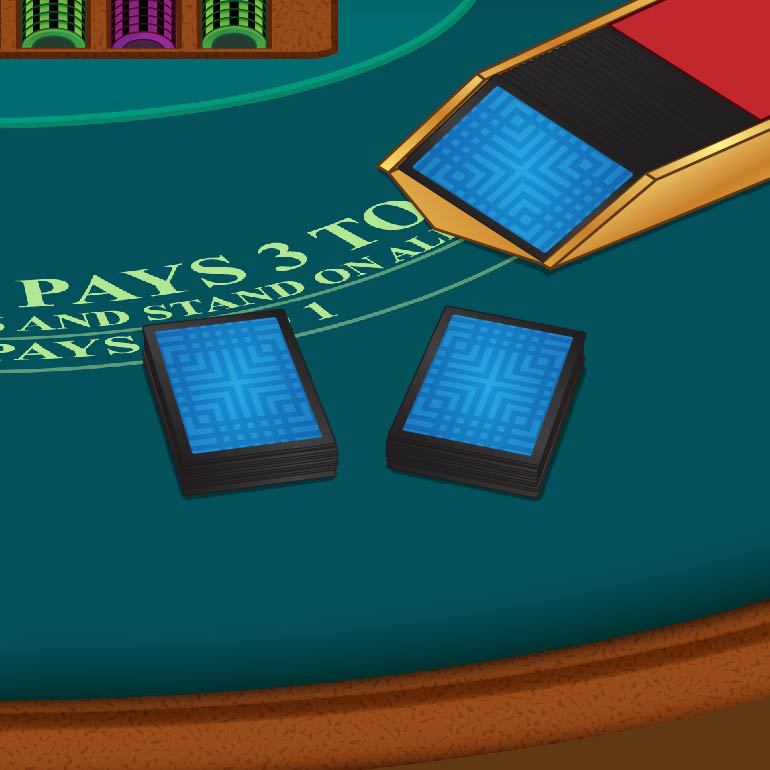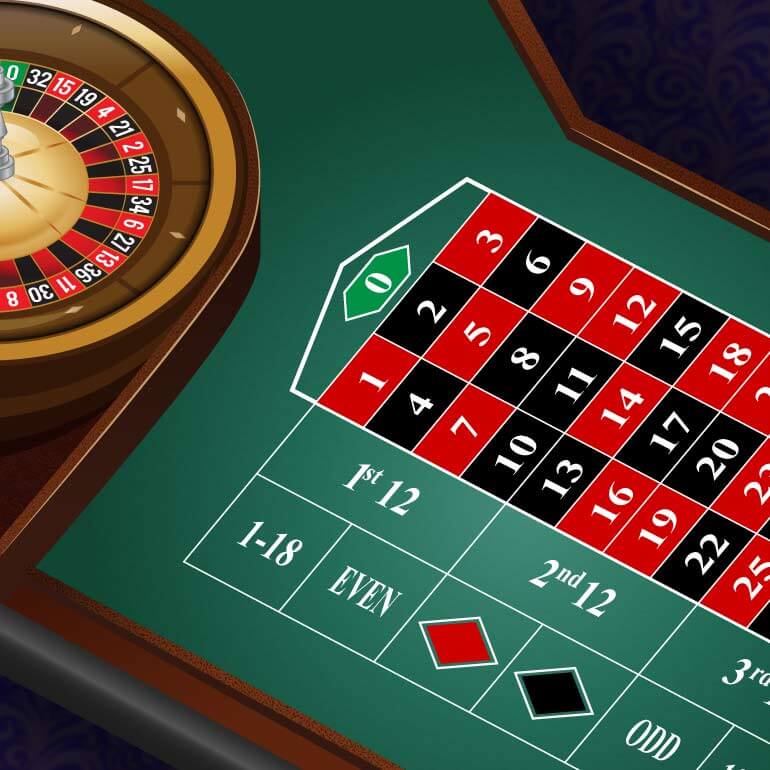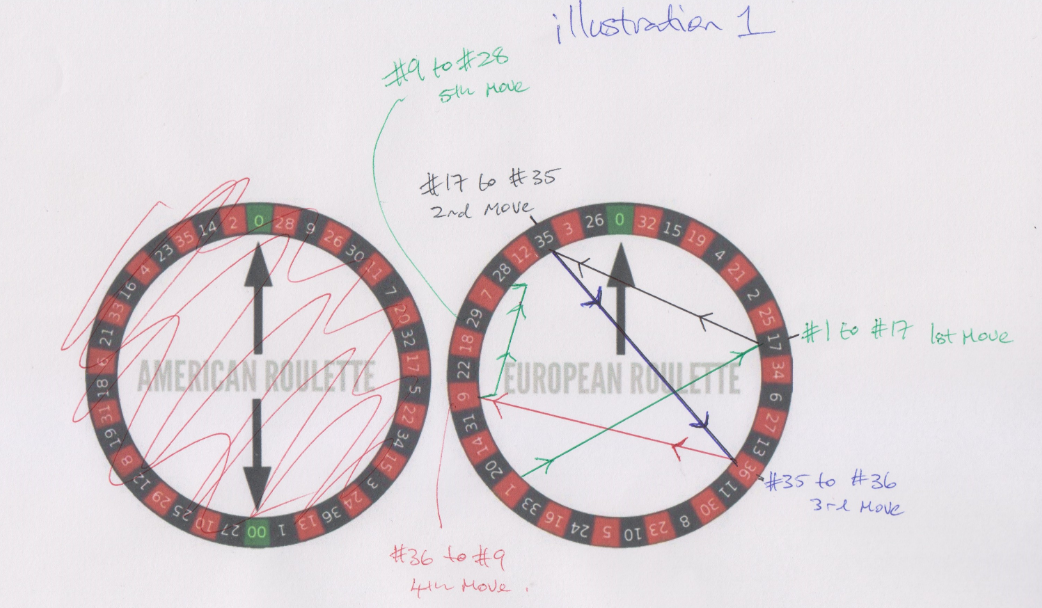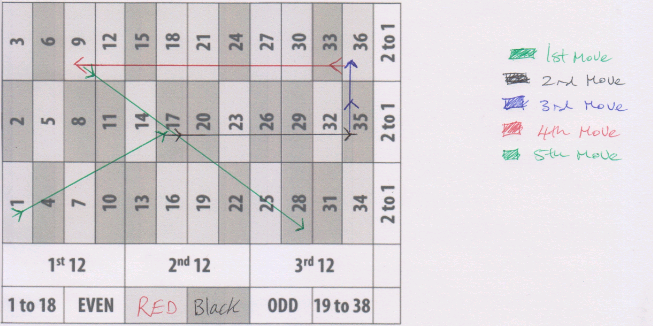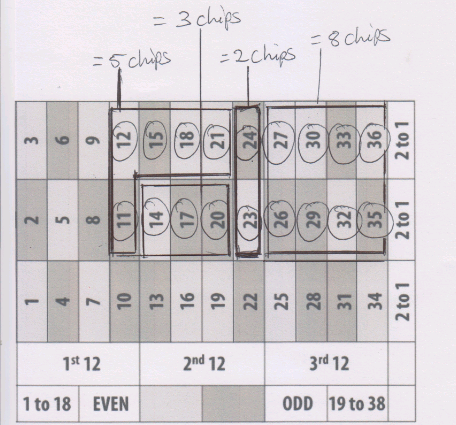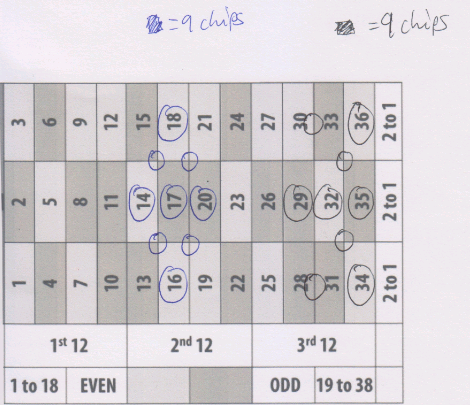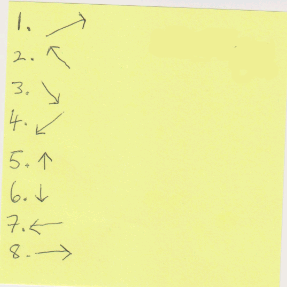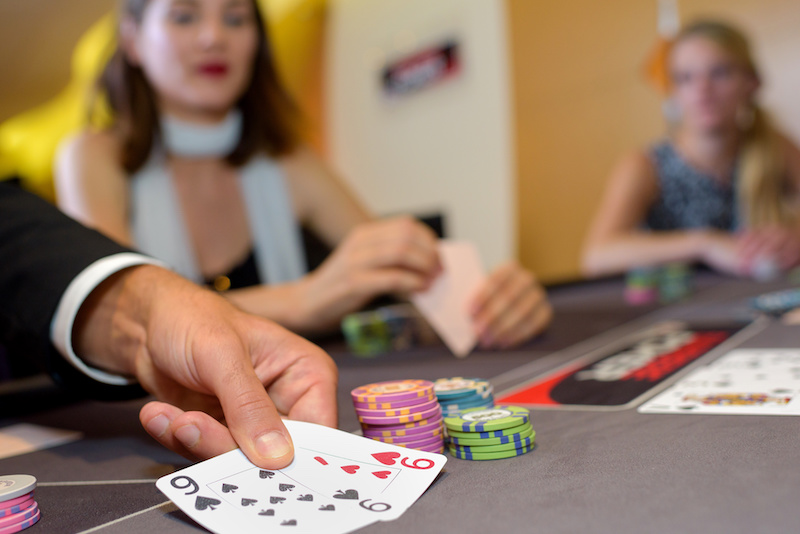I once conceived a method of playing roulette and baccarat in such a way that I thought it would be an enjoyable process for players. First, it would save the player money, always a good thing, because it required some scouting without any play involved, but it would also be interesting and perhaps an exciting betting opportunity.
Most betting systems at casino games are for fun because they cannot get you an edge over the house. But such systems do structure a player’s play over time and are ways to tame the Rodan of randomness. Most people like the sense of order that a system can produce even if the system cannot change the true nature of a casino game.
[Please note: Rodan is a giant monster who appeared in Japanese science fiction movies.It was a really nasty bird.]
Little did I know that this “luck” technique would become the main playing method of a group of players who call themselves the roulette rebels, which is a pretty interesting name.They also use this method, though less often, at mini-baccarat.
I fortuitously bumped into one such rebel on a trip to Atlantic City and he told me about his fellow rebels and also those rebels who were using the same method in Las Vegas. His group of players consisted of three men and two women, the wives of two of the men.
I had no idea such a group existed. Perhaps they have been writing about how they play on the Internet but I had never read anything from them or about them. It was sheer coincidence that I bumped into one at the tables. I recognized his method of play relatively quickly. That wasn’t hard to do.
I wish I had named it after me (okay, that’s my ego speaking) but what the heck; it is a good way to play, whatever name you call it. I originally called it the Lucky Player technique and that was exactly what it is. You look for a lucky player, make sure that player is winning at roulette and then bet with this player for as long as your series of bets continue to come out winners overall.
[Please note: You don’t have to win every decision – that is a rare occurrence indeed – but you do want a series of wagers to be successful. Can you lose a sequence? Absolutely. This is not an advantage-play technique but it is a fun exercise in challenging chance.]
SAY HELLO TO MR. WILLIAM DEWITT
William DeWitt was the leader of the group and he was the man I met first. When I saw how he played, I asked him if he was betting with the woman at the end of the table who seemed to be consistently nailing one of her three numbers (I think they were 5, 8, and 30). He affirmed that.
“You know the method?” he asked me.
“Yes, yes, it seems to be a fun way to play,” I said.
“I recognize you,” he said. “I’ve seen you on television. I didn’t know you actually played in the casinos. Many of the casino writers don’t really play.”
“I play all the time,” I said.
“Well, I read about this method so I told a few friends and we decided to form a team. We would go around the tables scouting out winners and then we would bet on them. It was really simple to do and fun all the way.”
“How much do you bet at roulette?” I asked.
“Inside numbers we bet 10 dollars per number but no more than five numbers, so that comes to no more than $50 per spin. Outside propositions we bet $25 maximum,” he said.
“What if the player is betting more than five numbers?” I asked.
“We either just do five of them or, if we can, we reduce the bet to five dollars per number so we can cover more than five numbers.”
“What about someone playing two propositions? Do you go to $50 on them?”
“Yes, but no more than two bets unless, again, we can reduce our bet to lower than $25 per proposition,” he said. “You don’t really see too many players betting more than two propositions at once who are actually ahead of the house.”
We talked some more and then I inquired whether I could meet the other four members of his team. We made a date to meet for breakfast the following morning at the café.
This was a Saturday evening and the casino was packed. I usually don’t play on heavy nights. I prefer early weekday mornings and late afternoons when the bus people head home. I am not a lover of the weekend crowds since the tables are usually packed.
Early Sunday morning we met at the café and he introduced the members of the Roulette Rebels: Marilyn DeWitt, William’s wife, an elementary school teacher in New Jersey. By the way, William is a real estate agent, also in New Jersey. David Meyer, a retired salesman, and his wife Brenda Meyer, also a former high school teacher in New Jersey The other member is Kevin McCarthy, recently retired from the airline industry and, as he says, “Ready to fly at the tables!”.
My first question was how long had they been playing in the casinos and then how long have they actually been playing this “Rebel” way.
“I think basically all of us have been regular casino goers for decades,” said Kevin McCarthy. “I’ve played a lot in Vegas but now I tend to stick to Atlantic City which is closer to home.”
“We have been friends for years and one day, maybe three years ago, William came up with the idea of playing this rebel strategy,” said Marilyn DeWitt. “I have been a roulette player all of my gambling life so it was an interesting idea to try.”
“I mean,” said Brenda Meyer, “What the heck? It was as good as any other way to play and so we pooled our money to have a joint bank account and worked out the plan of how to play the game with five people.”
Each one of them expressed a positive attitude towards being a Roulette Rebel. Brenda said, “We had thought of having t-shirts made but then we thought maybe we shouldn’t draw too much attention to ourselves.”
I asked them how they played. Did they all play at one table or did they spread out? How exactly did they figure out on whom to bet?
William DeWitt answered: “We tend to have one or at rare times two players at the same table. But we usually have three of us going from table to table to see if anyone has gotten hot. So we could have all of us playing at different tables. That doesn’t happen a whole lot but having multiple tables happens a lot.”
“We want to make sure,” said Brenda, “that the person has been winning and is ahead at that moment. Just a few wins here and there is not a great thing if the person is losing for their session. Anyone can win a couple of decisions. We want a player who is winning for the session, preferably a decent sized win.”
“Overall winning is the key variable,” said Marilyn.
“It isn’t really hard to figure out who is ahead for their session,” said Kevin. “You can just ask them like ‘How are you doing?’ ‘Has the dealer been kind to you?’ ‘Would you recommend playing at this table? ’You know, that kind of thing. Players will usually tell you straight out if they have been winning. That’s bragging after all, right?”
“We can also just stand there and watch the game if the casino isn’t too crowded,” said Marilyn. “Crowded tables make it hard for you to get onto them so you want a space or two to be open.”
“Seemingly contradictory to that, the weekends are the best times because the most roulette games are in play,” stated William. “So you want a casino that is somewhat crowded but you also want to be able to get onto the tables where a hot player is playing. It’s a balancing act. There has to be some room but you also want a casino with a lot of players so all the tables are open and available.”
“It’s a bit of a balancing act as Bill said,” stated Kevin. “But it isn’t overwhelming or anything. There aren’t many times we are shut out of a table. Sometimes you can even stand and make bets.”
I asked them if they colored in their chips for roulette chips when they played.
“No,” said David. “We usually use the green chips for outside bets and red chips for inside bets. Sometimes the dealers want us to color the regular chips and that’s no big deal if they want that.”
I then asked about mini-baccarat. It is not their favored game but they do play it occasionally.
[Please note, if you have never played baccarat or mini-baccarat, there is one thing you should know – many of the players are highly superstitious. If you check out the layout you might find that the place setting for the number four leaves the number four out and skips to the number five. That is because the number four in Chinese is considered unlucky and sounds like the word for death. Superstitious players don’t want to sit in the seat that sounds like death so the casino drops the number four. Also players will sometimes get it into their heads that you are causing them to lose. It is an interesting experience.]
I asked them if they ever had any trouble with superstitious players at mini-baccarat. I related one of my experiences with an intense – okay, a somewhat nutty – player who was cursing me out for playing at her table. This was a game of regular big table baccarat. I’m glad I couldn’t understand what she was saying but she was saying it fiercely.
“On rare occasions,” said David. “Some baccarat players are very antsy I guess you could say. If they are winning and you sit down and match their bets they can get uptight if they should lose a couple of decisions in a row and they then think you might be stealing their good luck. I’m not kidding. If they lose, they aren’t happy and they can blame you. That does happen at times.”
“We tread carefully around these folks,” said Brenda. “We aren’t there to cause a ruckus with other players. We just want to play and have some fun.”
“We tend not to ask certain players how they are doing,” said Kevin. “If we think they will get upset we just watch the game from some feet away to see if any one of them is winning overall. Brenda is right that we tread carefully with some players. This covers all ethnic groups. Some people are just really superstitious.”
I then asked them about their Las Vegas cohorts.
“There are eight players in Las Vegas, two teams of four each,” said Kevin. “When I was travelling with my airline job, I told some friends in Las Vegas about the Roulette Rebels and how we play. A couple of them thought it was interesting and each formed his own team. They even play more than we do as the casinos are right in their backyards. One guy can just roll out of bed and into the casino!”
None of them knew if there were other teams or individual players using this system of play. Interestingly enough, you don’t really see very much team play in casino games of any kind; after all, there is no way to get an edge at most games.
Keep this in mind: while the Roulette Rebels are having fun, they aren’t changing the nature of the game in any way.
All the best in and out of the casinos!

